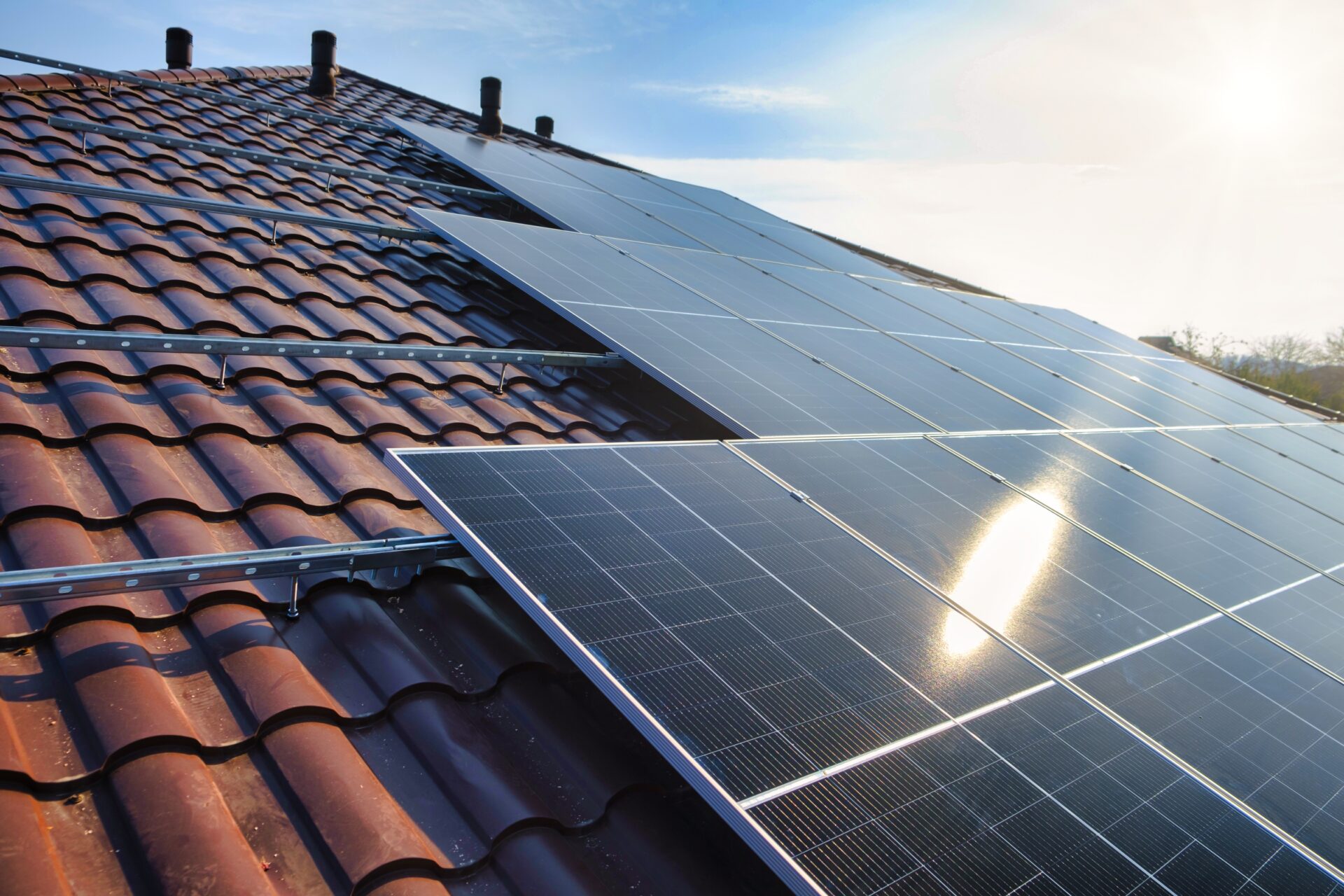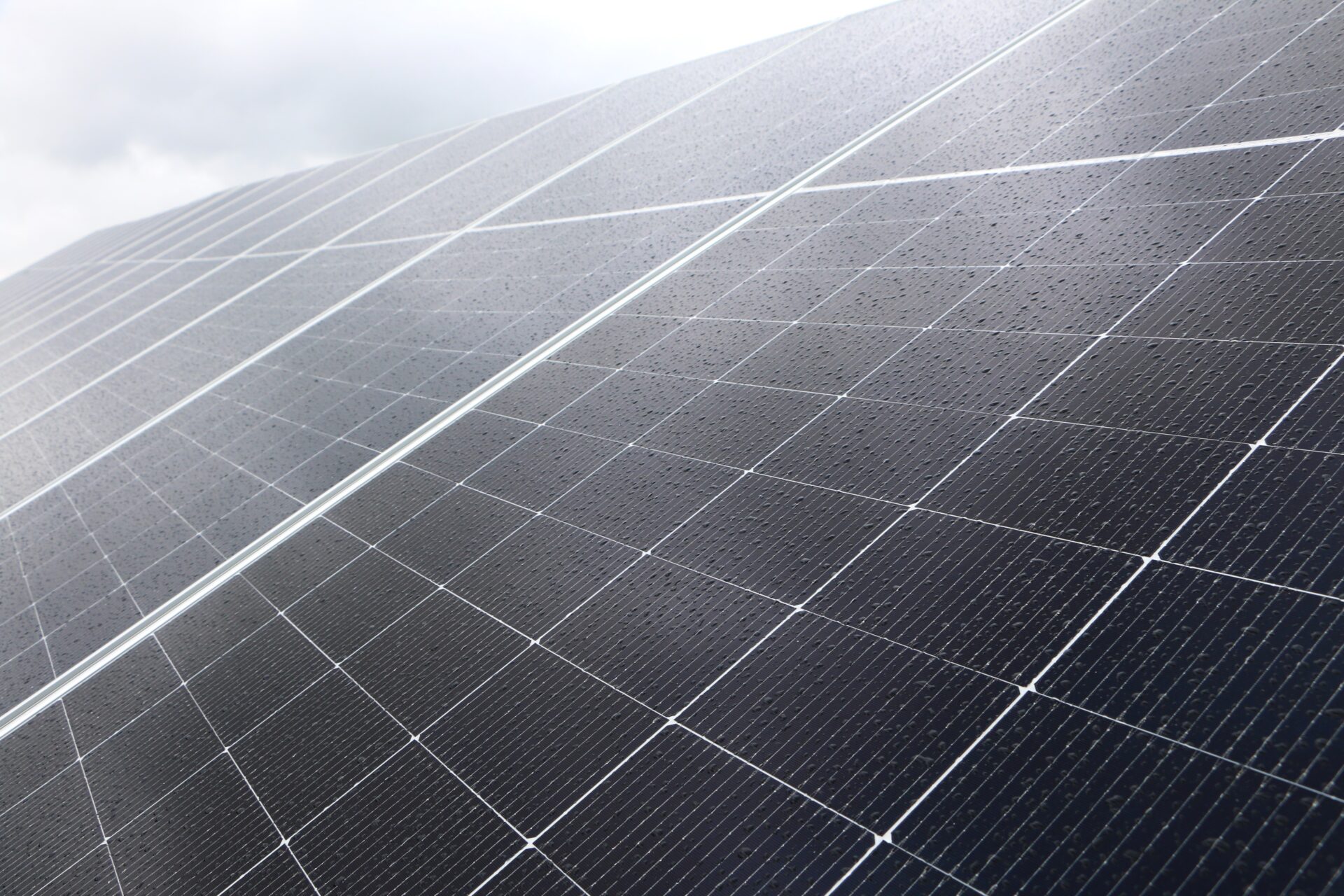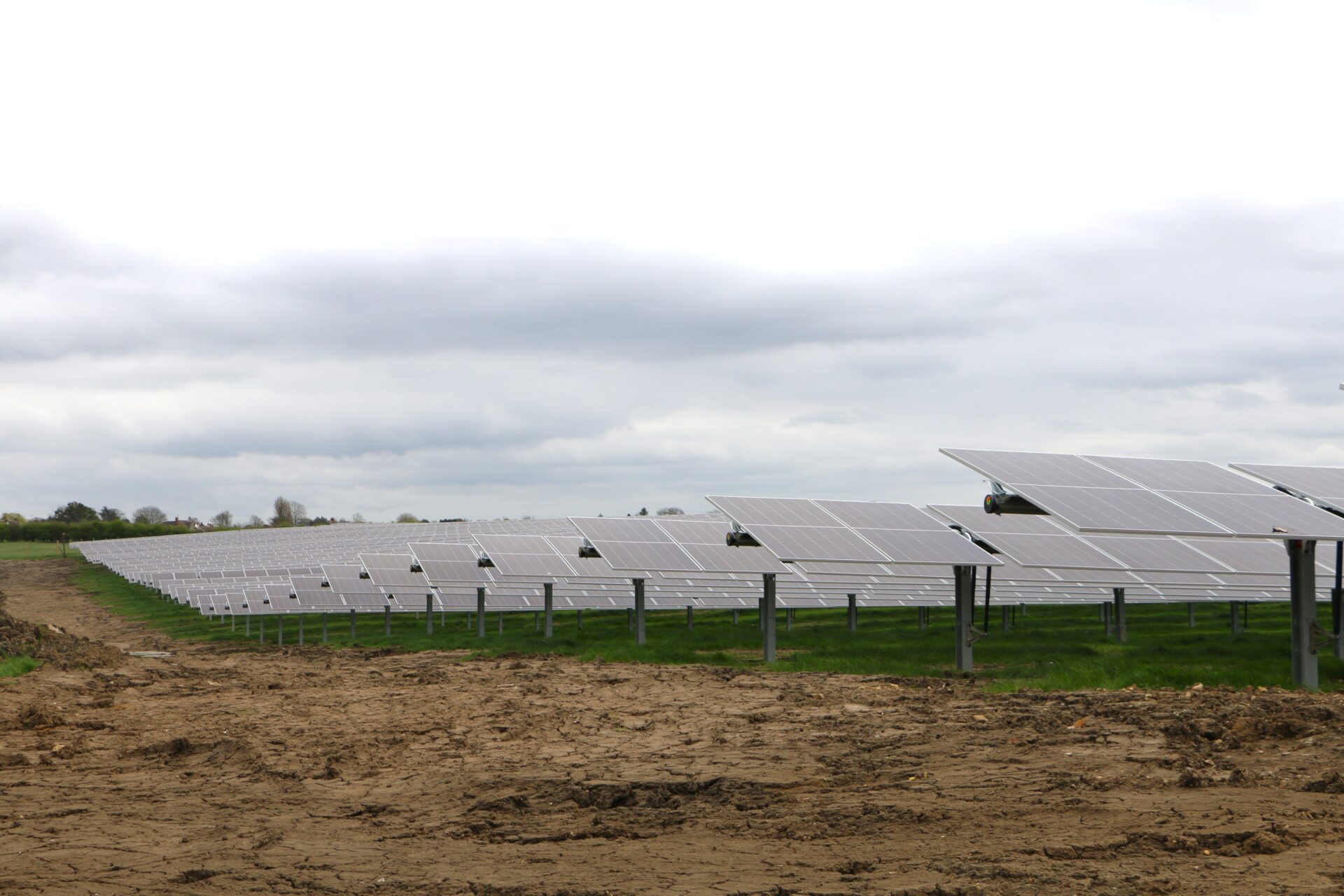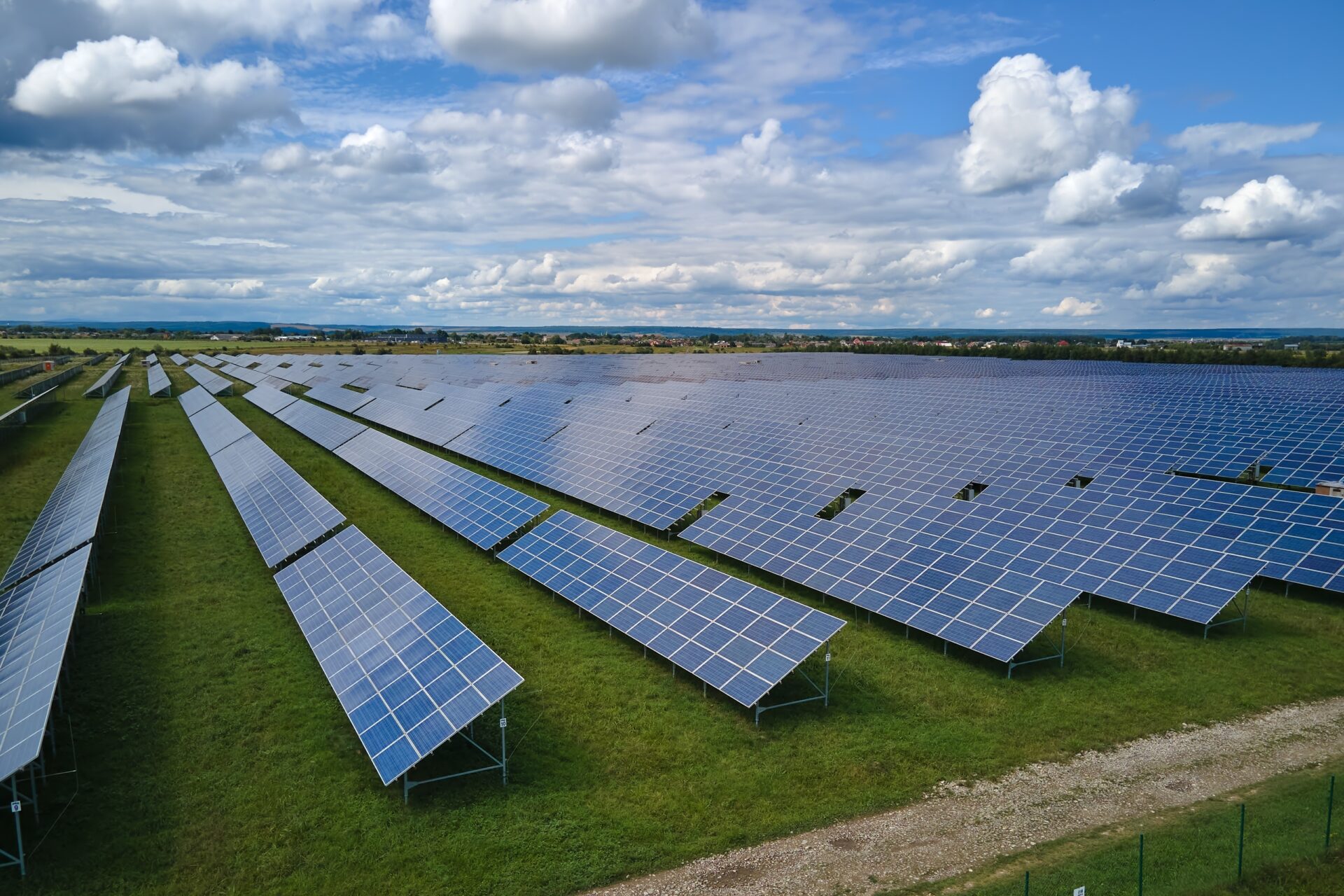And how the government could spur the uptake of renewable energy by corporates.
The UK government has set its sights on achieving net zero by 2050. Having almost eliminated coal from the energy mix it is still reliant on fossil fuels through natural gas, for example.
Generally, steps towards achieving decarbonisation are uncontroversial: electrify heat and transport, and decarbonise electricity generation. But while this sounds simple, any increase in both renewable generation and electricity demand will put further strain on a grid already struggling to keep pace with the transition.
To achieve net zero using electrification, grid congestion barriers must be addressed urgently. Recent commitments from the government regarding improving grid connection efficiency was encouraging. However, this received little media attention despite its importance.
EV targets
The transition to EVs is an important facet of the UK’s green future. Government forecasts expect electricity demand to more than double [by c.2050], and this is largely driven by an increase in the adoption of EVs. This increase in electricity demand underwrites continued investment into clean energy generation projects like solar farms. We believe it will be the market that dictates future demand of EVs, not targets set by a government. Most EV manufacturers have already begun this transition, and consumer adoption will continue to rise as innovation and pricing improve.
See also: – UK government ‘lacks clarity’ on route to net-zero financial centre
Accessing the grid
Government support is better positioned to facilitate more efficient access to the grid. As more renewable energy enters the energy mix it places greater strain on the energy network. This strain requires physical upgrades on the grid, and this investment burden is often placed on solar developers as part of their grid applications for each project. In many cases the extent of the investment and the timing of grid access is unknown during the development process, increasing the uncertainty for developers.
As a consequence, developers often employ a portfolio approach where they will develop a number of projects at the same time. The logic being that a successful project will fund the losses associated to a number of failures. The current £200bn bottleneck of projects queueing to be connected to the grid has forced project prices to rise, with developers facing additional costs in order to ensure connection.
To try to alleviate these pressures, the government has unveiled the Strategic Spatial Energy Plan, recommended by the Electricity Networks commissioner Nick Winser. This aims to centralise government bodies overseeing grid infrastructure development, using demand forecasts to identify areas most urgently needing upgrades. Winser argued this could halve the time needed to build new power transmission.
Corporates take action
In addition to government action, corporates have a critical role in the energy transition. Despite grid delays and inefficiencies, corporates, particularly with consumer facing brands, are determined to be leaders in the energy transition. This comes as customers and investors increasingly demand proof of ‘green’ energy traceability.
Britvic, the FTSE250 producer of soft drinks, recently signed a 10-year power purchase agreement (PPA) with a 28MW solar farm in Northamptonshire. The energy generated is “sleeved” via the grid to Britvic. Early commitment by corporates, to acquire energy, de-risks the project significantly. Such a commitment is considered providing “additionality” to the energy mix, which helps to demonstrate a net-zero commitment.
While some companies prefer to contract through PPAs with specific solar farms, inefficient grid access restricts options. Another solution exists for these heavy energy users. Companies such as Amazon, Nissan and Tesco have solar PV systems installed onsite, either on their rooftops or on adjacent land, with a private wire that connects directly to warehouses, factories or grocery stores. These companies enter into onsite PPAs with the funders of the solar PV system, committing the business to acquire the energy generated by the system.
Regardless of how the generator and corporate are connected, these arrangements are typically more economic than acquiring energy via traditional means, often offering businesses significant savings on their electricity bills. It also provides corporates a long-term hedge against volatile movements in the energy market, which is particularly relevant taking into account recent volatility.
Government incentives
Incentivised by both cost and environmental benefits, major corporate entities are taking action to overcome the current logistical barriers to renewable power. However, take-up among small- and mid-sized companies has continued to lag the country’s overall net-zero commitment. According to a government report, a lack of reliable, clear, targeted information about the economics of onsite solar remains a significant barrier to businesses launching projects.
This can be due to having multiple parties involved: landlords, building occupiers and funders; each working to their own interests. It is possible the market will solve this issue, and even in the past two years there have been significant strides stakeholders aligning interests.
However, one of the biggest barriers is hesitancy among corporates to commit to long-term PPAs, despite the economic and green benefits. This is simply due to the fact that for many companies it is the first time they have considered entering into a PPA. This is where the government can step in. Offering tax incentives to businesses to encourage long-term commitments to PPAs could make a big difference. This may result in increasing corporate PPA demand, and could ultimately attract more private capital to invest in new solar PV projects, despite inefficiencies in grid access.
With likely ongoing investor pressure on corporates to bring down Scope 2 and Scope 3 emissions, these moves could spur the uptake of renewable energy for corporates, accelerating our transition to clean energy.
By Gurpreet Gujral, originally published in ESG Clarity, click here to read.










